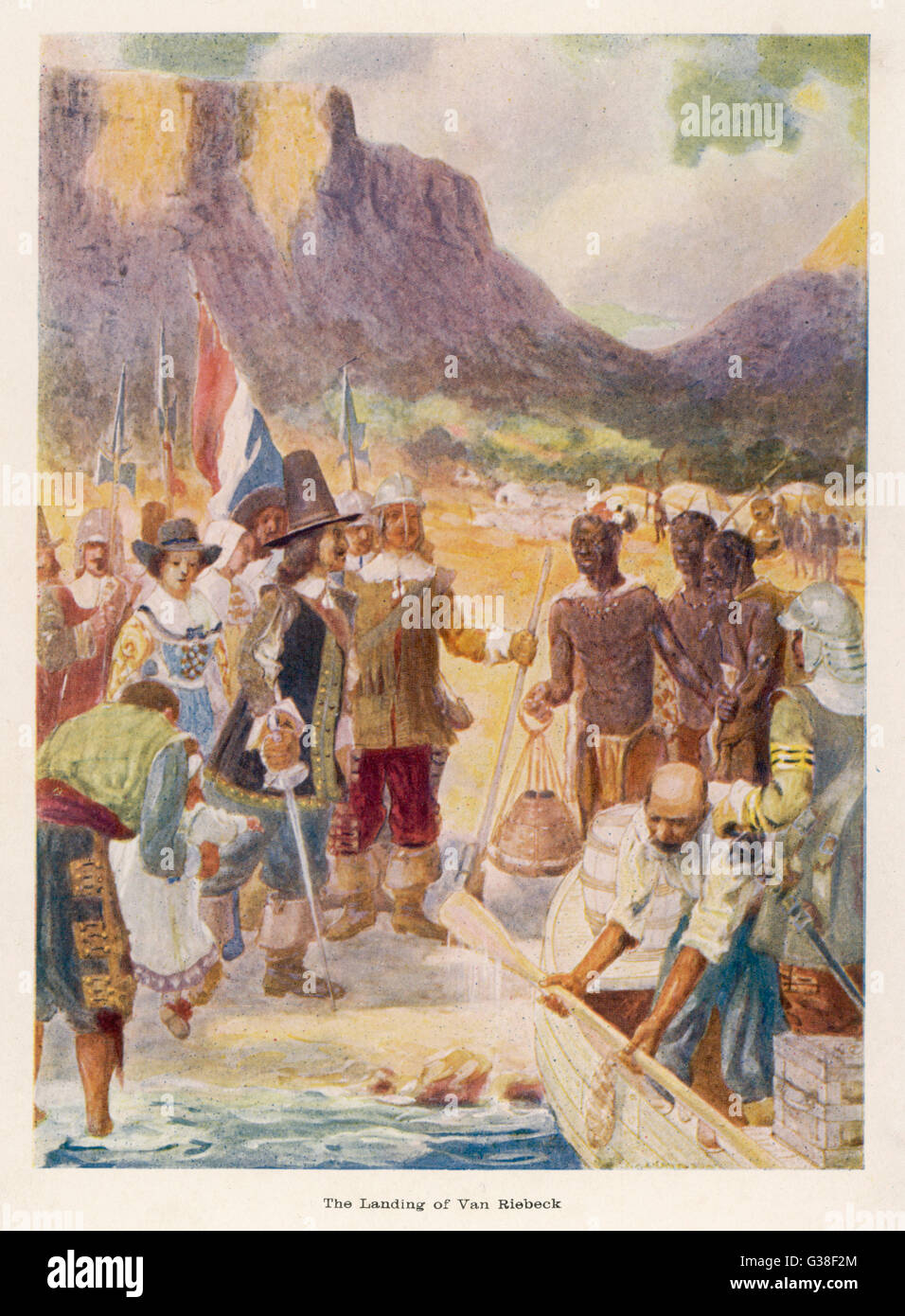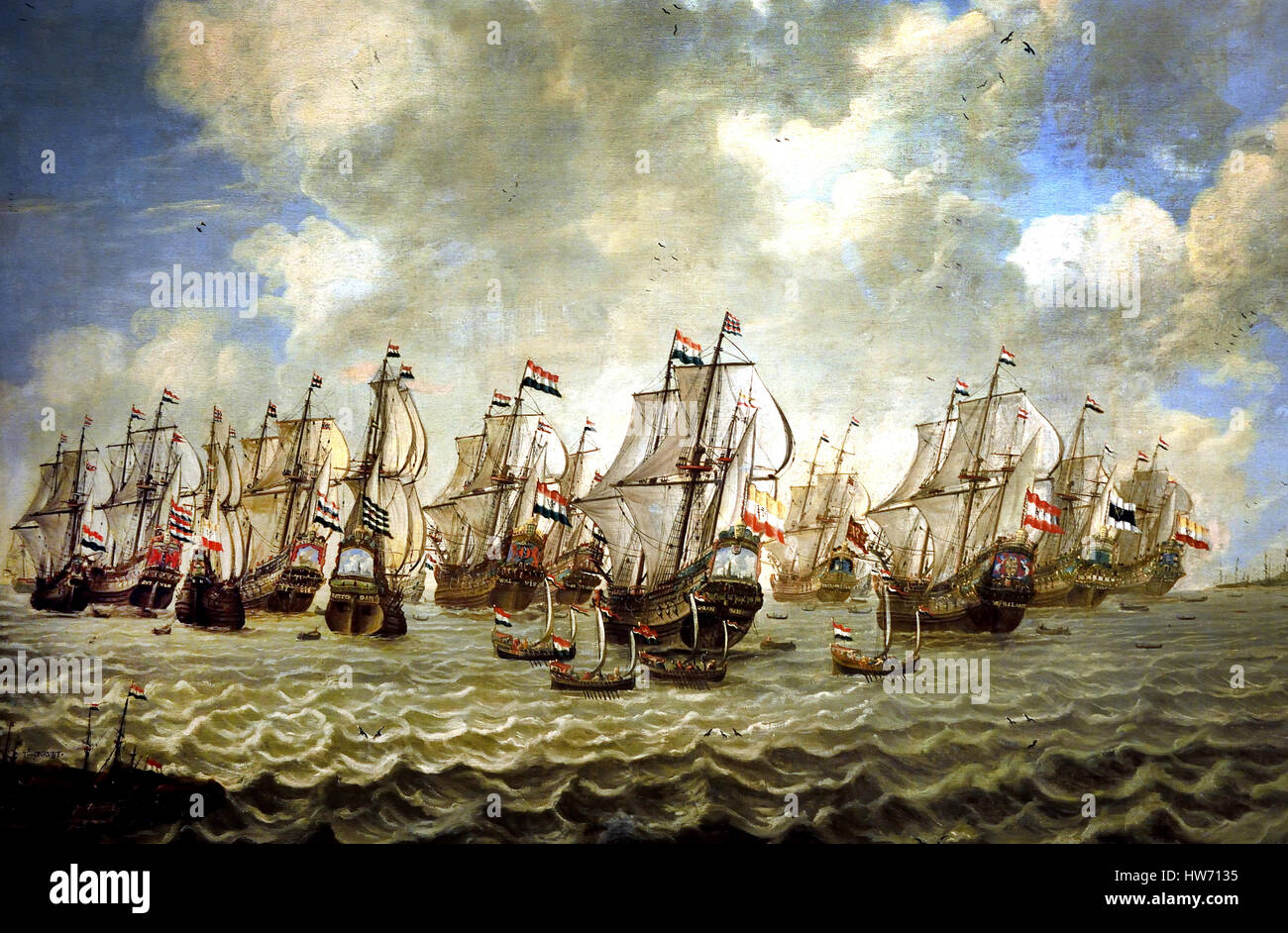
When we reflect on the rich and complex history of **Cape Town**, one figure frequently emerges as particularly noteworthy: **Jan van Riebeeck**. But who exactly was this individual, and what makes him such a pivotal character in the narrative of **Southern Africa**? To truly understand his significance, we must explore his life, the various adventures he undertook, and the lasting impact he had on the region and its people. Van Riebeeck was not just a colonial administrator; he was a key player in the establishment of European presence in Southern Africa. His actions and decisions laid the groundwork for future settlements and interactions between different cultures. By examining his legacy, we can gain deeper insights into the historical dynamics that shaped Cape Town and the broader Southern African landscape.
Early Life and Career

Birth and Background
Jan van Riebeeck was born on **April 21, 1619**, in the small town of **Culemborg, Netherlands**. He came from a modest family, which instilled in him a strong work ethic and a desire for adventure. Seeking opportunities beyond the confines of his hometown, he joined the **Dutch East India Company (VOC)** as an assistant surgeon. This pivotal decision marked the beginning of a remarkable journey that would take him across oceans and into the annals of history, shaping the future of colonial endeavors in the East.
First Voyage to Batavia
In **April 1639**, van Riebeeck embarked on his first significant voyage to **Batavia**, now known as **Jakarta, Indonesia**. This journey was just the initial chapter of his extensive travels. Following his time in Batavia, he ventured further afield to **Japan** and took on the responsibility of managing a trading station in **Tonking**, which corresponds to modern-day Vietnam. However, his boldness and willingness to challenge the company’s established trading regulations ultimately led to his dismissal from the VOC. Despite this setback, his experiences during these formative years would lay the groundwork for his later achievements and contributions to colonial history.
The Expedition to the Cape of Good Hope

Setting Sail for the Cape
After experiencing a series of setbacks in his career, Jan van Riebeeck was given a second chance and tasked with an important new mission: to establish a **provisioning station** at the **Cape of Good Hope**. On **April 6, 1652**, he arrived in **Table Bay**, an event that would mark the beginning of European settlement in Southern Africa. This mission was not just about establishing a base for ships traveling to the East; it was also about laying the groundwork for future colonization and trade in the region, which would have lasting implications for the indigenous populations and European powers alike.
Challenges in Establishing a Settlement
However, the task of building a fort and establishing a sustainable settlement proved to be far more complicated than van Riebeeck had anticipated. He encountered a multitude of challenges, including **crop failures**, which severely hindered food production, and a lack of discipline among his crew, who often struggled to adapt to the harsh conditions of the new environment. The initial days were fraught with difficulties, and van Riebeeck quickly understood that without a reliable agricultural system, the settlement would face dire consequences and might not survive in the long term.
The Need for Free Burghers
By **1655**, van Riebeeck recognized the urgent need for a more sustainable approach to farming and reported that the mission could ultimately fail unless he introduced **free burghers**—essentially independent farmers who would be able to cultivate their own land. This realization marked a pivotal moment in the establishment of the colony, as it highlighted the importance of creating a self-sufficient community that could thrive in the challenging conditions of the Cape. The introduction of free burghers would not only bolster food production but also foster a sense of ownership and responsibility among the settlers, laying the foundation for a more stable and prosperous settlement.
Encouraging Settlement and Growth

Letters of Freedom
In the year **1657**, a significant milestone was reached when Jan van Riebeeck, the founder of the Cape Colony, made a pivotal decision to grant former servants of the Dutch East India Company what were known as “**letters of freedom**.” This important initiative allowed these individuals to acquire land and engage in independent farming, marking a transformative moment for the colony. By enabling former company servants to establish their own agricultural enterprises, van Riebeeck not only empowered them but also laid the groundwork for the economic development and stability of the burgeoning settlement. This policy was instrumental in fostering a sense of ownership and responsibility among the settlers, which in turn contributed to the overall growth of the colony.
The Role of Slavery
In an effort to further strengthen the labor force necessary for the colony’s expansion, van Riebeeck made the controversial decision to promote the **importation of slaves**. This action was aimed at addressing the increasing demand for labor in agriculture and other sectors. The introduction of slavery into the region would have profound and lasting implications, shaping the social and economic landscape of the area for generations to come. The reliance on enslaved individuals not only altered the demographics of the colony but also set the stage for complex social dynamics and conflicts that would arise as a result of this practice. The legacy of slavery continues to influence the region’s history and its people today.
Conflicts with Indigenous Peoples

Encroachment on Khoekhoe Land
As white settlers began to establish themselves, tensions rose with the **Khoekhoe people**, the indigenous inhabitants of the region. Van Riebeeck attempted to restrict the movement of settlers beyond the **Cape Peninsula**, but these efforts were largely unsuccessful.
The First War
In **1659-1660**, the first conflict erupted between the settlers and the Khoekhoe, marking the beginning of a series of confrontations that would shape the future of the region.
Legacy of Jan van Riebeeck

Departure from the Cape
Van Riebeeck left the Cape in **1662**, but by then, the settlement had grown to over **100 colonists**. His vision had laid the groundwork for what would become a thriving colony.
Later Years and Contributions
After leaving the Cape, van Riebeeck became the **secretary to the Council of India**. His **Daghregister** (Journal) documented his experiences and was later published in Dutch and English, providing valuable insights into early colonial life.
Understanding the Impact of Van Riebeeck

A Controversial Figure
While van Riebeeck is often celebrated for founding Cape Town, it’s essential to recognize the **controversial aspects** of his legacy. His actions contributed to the displacement of indigenous peoples and the establishment of a colonial system that would have profound effects on Southern Africa.
Modern Perspectives
Today, discussions about van Riebeeck often evoke mixed feelings. Some view him as a pioneer, while others see him as a symbol of colonial oppression. This duality is crucial for understanding the complex history of the region.

Jan van Riebeeck’s journey from the Netherlands to the shores of Southern Africa is a story of ambition, conflict, and legacy. His role in establishing Cape Town opened the door for European settlement but also set the stage for centuries of struggle for the indigenous Khoekhoe people. As we reflect on his life, it’s vital to consider both the achievements and the consequences of his actions.
Table: Key Events in Jan van Riebeeck’s Life

| Year | Event |
|---|---|
| 1619 | Born in Culemborg, Netherlands |
| 1639 | Sailed to Batavia |
| 1652 | Arrived in Table Bay, Cape of Good Hope |
| 1655 | Reported need for free burghers |
| 1657 | Granted letters of freedom to former company servants |
| 1659-1660 | First conflict with Khoekhoe people |
| 1662 | Left the Cape |
| 1665 | Became secretary to the Council of India |
In conclusion, Jan van Riebeeck’s legacy is a tapestry woven with threads of exploration, colonization, and conflict. Understanding his story helps us grasp the complexities of South Africa’s past and its ongoing journey toward reconciliation and understanding.

